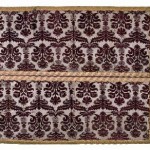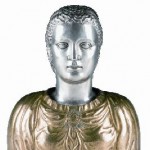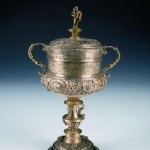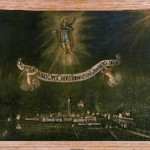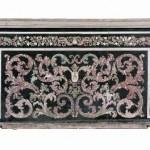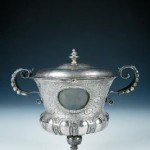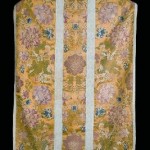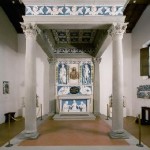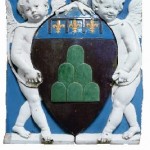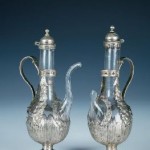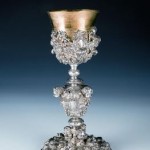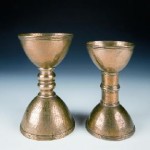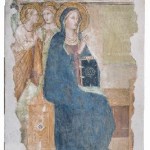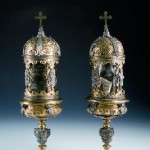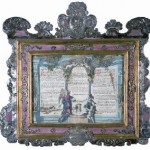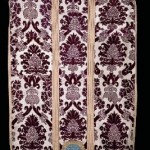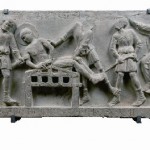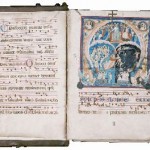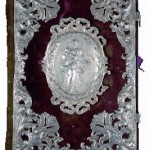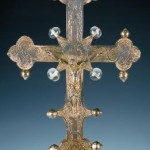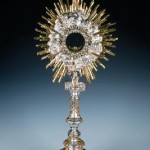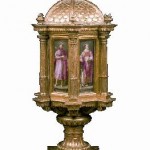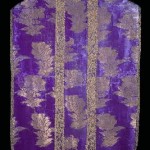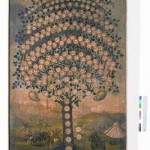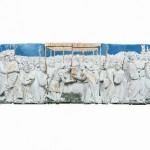This small but important museum was opened in the 1970s thanks to the joint efforts of the Diocese and the town government. It is housed in three ground-floor rooms of a building adjacent to the church.
From the very beginning, at the heart of the initiative was the desire to rebuild, in the immediate vicinity of the church, the Della Robbia Tempietto for the relics of the Holy Milk that had been dismantled during 18th-century renovation work. Religious objects from buildings in the area as well as from the Collegiate Church of San Lorenzo had been gathered and displayed around the Tempietto.
In 1974, the 16th-century fresco by Luberto da Montevarchi, detached from Sant’Andrea a Cennano and depicting a Nativity and a Madonna and Child with Saints, was added to the collections as well as another important fragment of the Madonna with the Book and two angels.
Today, a museum enlargement is being planned to allow the objects to be better displayed and seen, and to offer educational activities. The entrance to the museum is to the right of the collegiate church’s façade, which enters a courtyard, with the exhibition rooms on the right.


